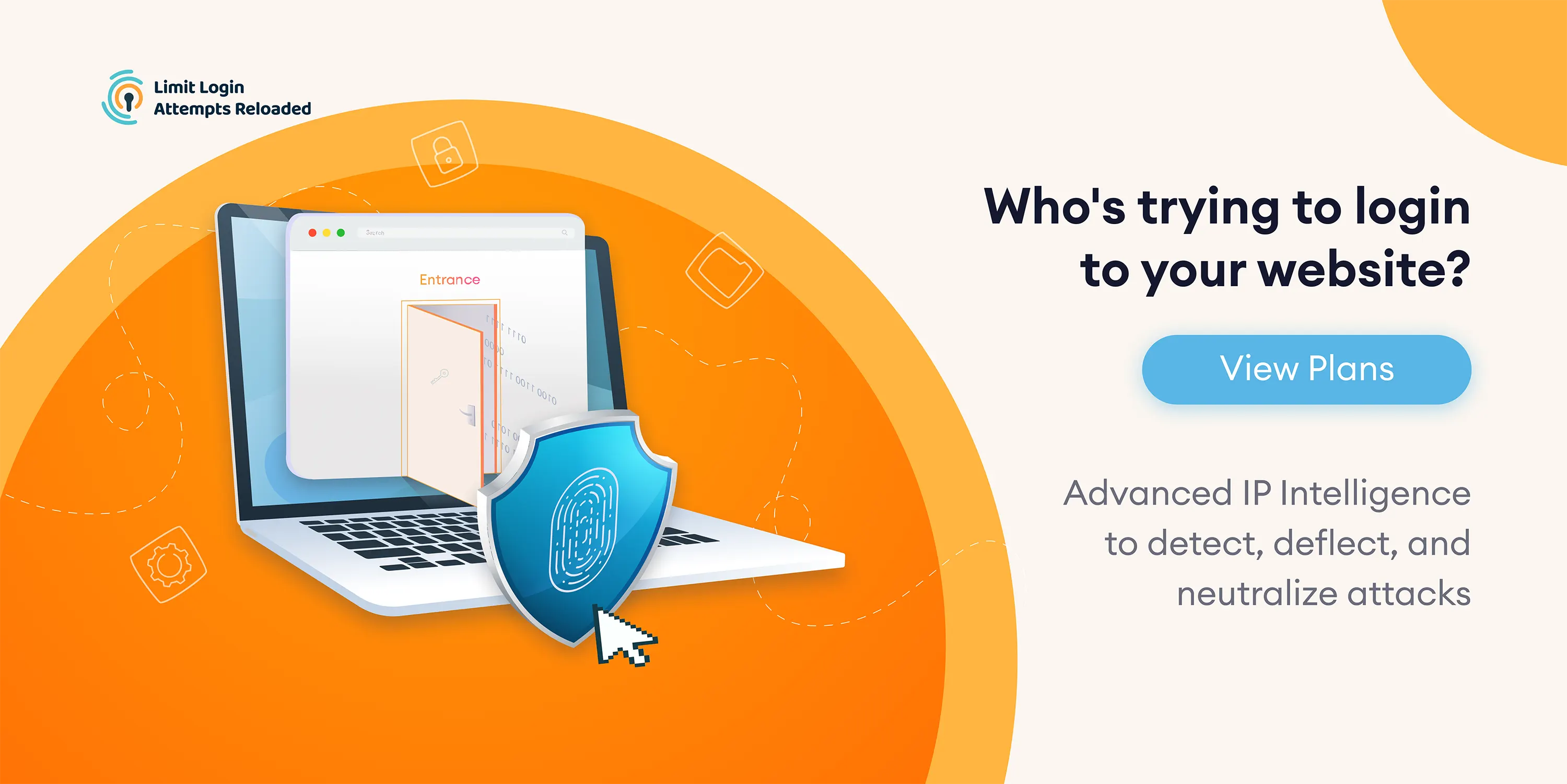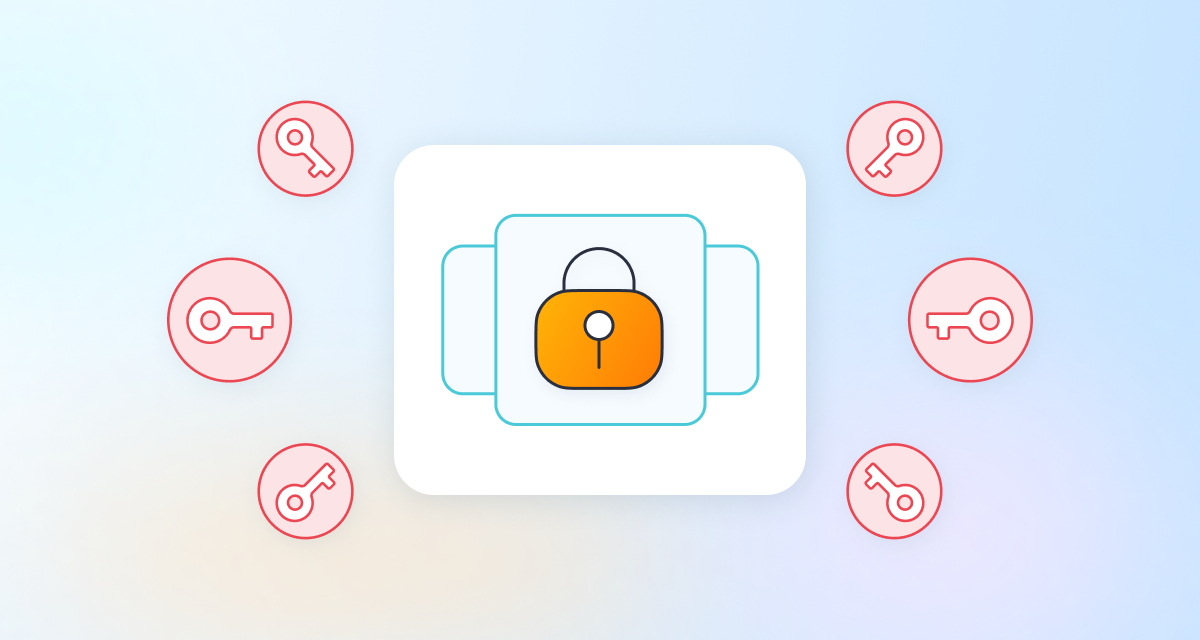Your expanding web3 business is thriving, and everything is going smoothly. However, one morning, you wake up to find that all your holders are posting on Twitter about being hacked. In a rush, you check Discord to see if any apps were compromised, but everything appears to be in order. Upon inspecting your website, you notice something unusual – the links to your minting page and wallet connect seem to be tampered with. It dawns on you that your web3 platform has fallen victim to a hack.
Is Cybercrime Common in Web3?
Regrettably, such incidents are not uncommon in the Web3 space. Project founders and teams often overlook crucial security protocols, leaving vulnerabilities that can result in substantial financial losses for their holders. Fortunately, there are straightforward measures projects can implement to secure their platforms, safeguard their intellectual property (IP), and shield users from hacking threats.
What are Brute Force Attacks?
Brute force attacks encompass gaining unauthorized access to an online account by systematically attempting various combinations of usernames and passwords on the login page. Perpetrators employ diverse tools, ranging from simple computer programs and botnets to sophisticated data centers designed for malicious purposes.
A successful brute force attack has the potential to incapacitate a website, steal sensitive information from users, and disseminate harmful malware onto personal computers. Notably, these attacks have successfully breached the security of some highly fortified and influential websites, such as GitHub, Spotify, and the e-commerce giant Alibaba's Taobao.
Why are Brute Force Attacks Gaining Popularity In Web3?
Even before web3, brute force attacks have always been a simple, yet effective way for hackers to infiltrate a website. However, a successful attack on a web3 business could give a hacker access to the wallets of their holders by planting malicious links throughout the website. This can be especially dangerous for NFT projects that are in the minting process.
If the minting link is altered, users could sign the wrong contract and lose everything in minutes. There is also the allure of crypto as a currency of choice for hackers since it’s harder to track. Needless to say, there are major incentives for hackers to target web3 businesses right now, and they will be successful doing it.
How Do I Know If My Web3 Website Is Under Attack?
When your website is under attack, it’s sometimes very difficult to know if it’s successful. Sometimes the hacker may wait weeks or months before they deploy any changes. This is why it’s important to have a good defense from the start.
Common symptoms when your website is under attack
- Website loads very slowly or not at all.
- Traffic spikes to the website from foreign countries.
- Notifications of failed login attempts (if using login protection apps/plugins).
- Messages from users that report the site working ‘slow’ or ‘broken’, and offer to help fix it for a fee.
What to do if your website is compromised
If you observe any of these symptoms, your initial course of action should be to promptly inform your web hosting company about a potential attack. If you still have access to the website, eliminate inactive users, and strengthen the passwords of admins/editors. Scrutinize critical pages with links for any unauthorized changes.
Finally, collaborate with your hosting provider to clear the site cache, ensuring a reset of all sessions. The duration of brute force attacks can vary, spanning from minutes to even days, contingent on the hacker's commitment of time and resources devoted to breaching your login page.

What Happens If an Attack is Successful?
If an attack is successful, you might not immediately see repercussions. In fact, it could be weeks or months before the hacker takes action. This is why it’s important to routinely change passwords, and remove users that are unknown. Depending on the size and function of your website, the consequences could be severe. The hacker can install malicious software, steal data from your users, and change important links to redirect traffic to fake websites.
Let’s say you run an NFT project and you have a mint planned the following month. The hacker could wait until the mint begins to make their move. Your project might not lose any of its NFTs, but the wallets of holders would be compromised by signing a faulty contract, and their ETH and NFTs may get stolen.
How can I protect my web3 website from attacks?
There are some simple steps to protect your website right now, and make it nearly impossible for hackers to break into your web3 website. Consider using our login security checklist as a guide.
#1 - Review User Accounts
Review all of the users that have access to your website. Make sure they belong there, but more importantly, make sure they are using strong passwords with at least 16 characters. Set a routine to do this every quarter.
#2 - Limit Login Attempts
Download Limit Login Attempts Reloaded to limit login attempts on your website. Upgrade to premium if you notice a drop in performance or want the peace of mind of advanced features such as block by country and login firewall.
#3 - Update Plugins & Themes
Update all of your other plugins and themes. Remove any that are not being used, or unsure of their functionality.
#4 - Add Two Factor (2FA) Authentication
Two-factor authentication (2FA) adds an extra layer of security to your accounts by requiring users to verify their identity through two distinct methods. Typically, this involves a combination of something the user knows (like a password) and something they possess (such as a mobile device or authentication token), enhancing protection against unauthorized access.

Final Say
In conclusion, the prevalence of cybercrime in the Web3 space underscores the critical need for robust security measures. Brute force attacks pose a significant threat to the integrity of web3 platforms, potentially leading to financial losses and compromised user data. By implementing the recommended security measures and fostering a culture of cybersecurity awareness, you can fortify your web3 business against potential attacks and safeguard the trust and assets of your holders. Stay vigilant, stay secure, and continue to innovate responsibly in the dynamic landscape of web3 technology.
Success Stories Hundreds of Agencies Across The World Use LLAR






Frequently Asked Questions
Protect your web3 platform by implementing strong passwords, limiting login attempts, using 2FA, and conducting regular security audits.
In case of an attack, promptly inform your hosting provider, remove inactive users, strengthen passwords, and reach out to a security professional if needed.
Brute force attacks are attractive in web3 due to the potential access to holders' wallets via compromised links, especially impactful in NFT projects.
Two-factor authentication (2FA) is crucial in web3 security as it adds an extra layer, making it challenging for hackers to gain unauthorized access.



